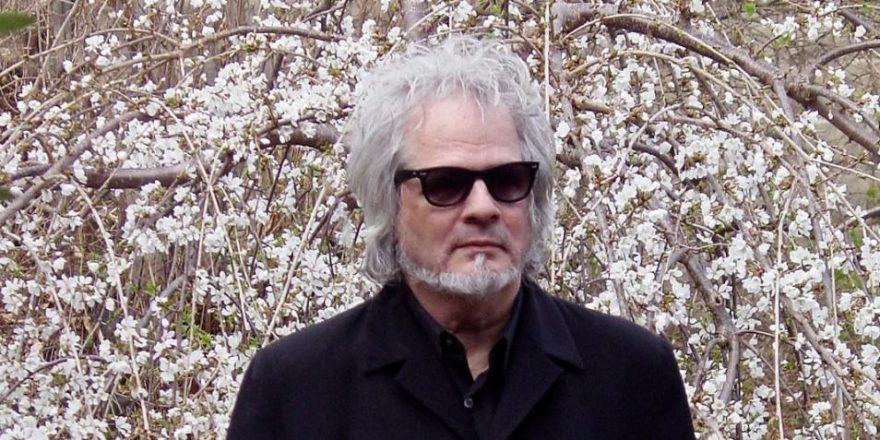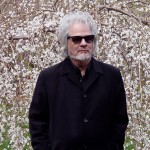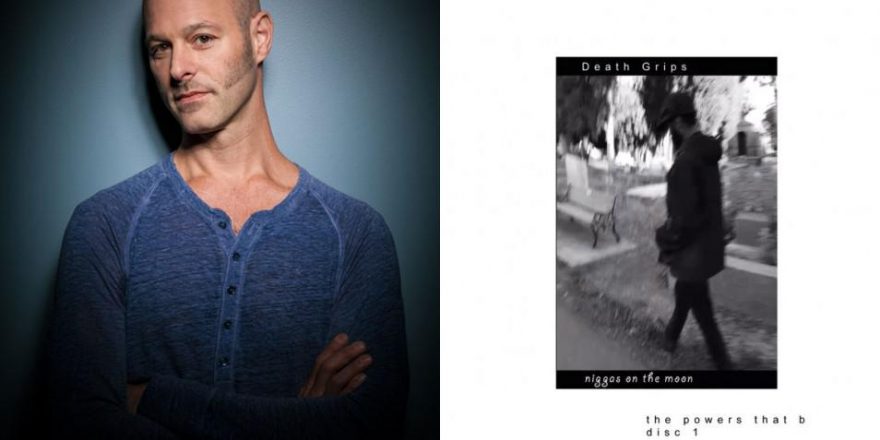On the occasion of the November 4th release of Deerhoof’s really excellent new album La Isla Bonita (which you can buy here), we invited the band’s drummer Greg Saunier to be guest editor of Talkhouse Music this week. Greg enlisted some Deerhoof fans to write about new albums for the Talkhouse and expertly edited the pieces too. It’s all great stuff. Thanks, Greg, it’s been a great week!
— the editors of Talkhouse Music
Right off the top, I need to explain where I’m coming from.
Somehow I have lived to be 70 years old.
Musically, I still have my needs — I gotta get out of the house to play every now and then, and I also wanna hear new music that reaches me. But most music for young people is engineered to piss off their parents; that’s almost a pre-req. It all started with those screaming teenies at young Sinatra shows. That was bad behavior in those days. It made the artist irresistible to the kids and reprehensible to the parents. The Beatles and Stones really stabilized that and Dylan sure didn’t proselytize a great deal of parents during his early ascent. So the line was drawn long ago and now I’m on the other side of it.
Back a few decades ago, radio started to get samey for me. To my ears, hip-hop virtually destroyed the sweet soul music I grew up fawning over, and super heavy metal all has singers sounding the same — totally unintelligible to me. Music I don’t like, I am able to justify for the young, but I don’t play it around the house. I am certainly not beyond understanding the followings these artists have and I’ve always advocated “to each his own.” But at a certain point I bailed and just listened to what I wanted to from a massive home collection.
But in 2003, along came iTunes and saved me. When Steve Jobs was alive there was a list every Tuesday, alphabetized by the artist’s first name, of everything issued that week. I would take my time going through the list, listening for something to like. For me it became a treasure trove of great music, although very few others had ever heard of the artists I started downloading.
Hella and Field Music were my first discoveries. Hella was a duo from northern California that played dangerous, jazzy, polyrhythmic rants. Just guitar and drums, no vocals. It was often dissonant but they played incredibly together in their creations. That’s what got me hooked. I went to see them when they played in town and bought ’em dinner that first time. They were, like, 22, 23 years old and didn’t have the jazz influences I suspected they might. I asked the drummer (Zach Hill) who his big influence was. He said, “I try to play the drums the way Jimi Hendrix would have if that was his instrument.” What a great answer and yet totally unexpected.
Then I heard Field Music’s first album. This was around the time XTC broke up and I thought this new English band picked up their pieces and continued. They played in town and I went and bought them dinner too. (If I come 2 C U, you’re gonna get fed for the intrusion.) They’re two brothers who actually get along (rare for music siblings) and they were obsessed with ’60s and ’70s music. That made sense.
As time went by, little by little, both bands changed on me and I moved on to the myriad others I had unearthed. (Hell, the reason I’m writing this is because the guest editor this week is the drummer of Deerhoof — another of my new discoveries.) By 2010 I had downloaded thousands of songs and had a modern collection of music I loved. But I wanted to share it. Surely there were other people on the same quest for great music who didn’t have the time or patience to do my weekly iTunes drill. So I started writing an online column — “New Music for Old People.” Since 2011, I have dispensed over 1600 track suggestions to my ever-growin’ audience of thousands, and gotten great comments back from most of them. And so now here we are. I wanted to talk about my fave band from 2014 (so far) and see what you think.
The Family Crest are from northern California and are quite excellent in person. The brainchild of Liam McCormick (singer/songwriter, guitarist) and John Seeterlin (bass), they are primarily steeped in classical and folk music and have an arsenal not dissimilar to the early Bee Gees, but much more varied. The touring version usually features stand-up bass, cello, violin, trombone, drums, piano and flute. The acoustic guitar is always helmed by McCormick. He is also a gifted vocalist with a scary top range. He doesn’t flaunt this, but rather features it when you least expect it. That’s called good taste.
In the studio they are able to flesh out their ideas and add more instrumentation than a fledgling band can afford to take on the road. Their recorded output reaches a level of musical excellence that sets them apart from most bands. Best tracks? “Beneath the Brine,” “When the Lights Go Out” and “She Knows My Name” are a good start.
Last night I went to their soundcheck to meet them. I really am a fan. Liam and I got into a chat and I was pleased to hear of his true dedication — and the alleged 100 musicians who participated on their first album. After their soundcheck, during the time most people grab a bite, Liam rehearsed in the dressing room with three conservatory students who came down to sit in. This meant sight-reading Liam’s arrangements. This they did while I marveled at their talent, and how I had never seen any band do this before. But I’ve never known a band like this before.
And there was no time for me to buy him dinner!








